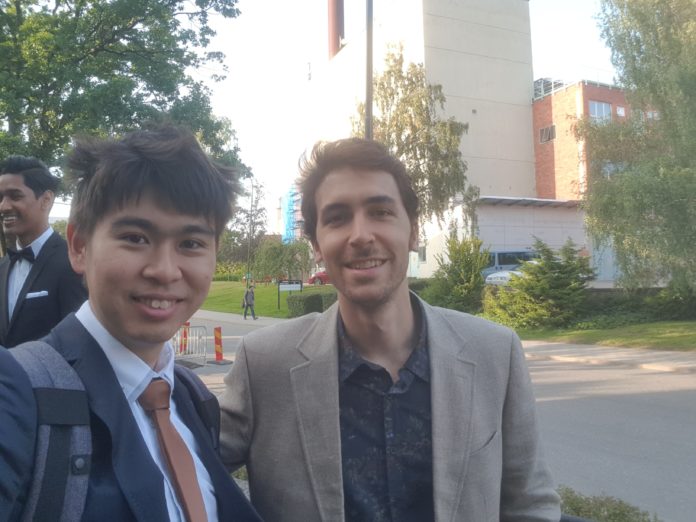Hej guys! It’s me Russ.
So much has happened and it’s finally my awesome turn to post another entry! Upon returning back to Singapore Sweden from the food paradise of Poland and beautiful scenes of Germany, I sobered up to the reality that school was finally beginning. For me, this exchange would offer me some solid leverage in learning more about biomedical courses outside of SUTD. (Author’s Note : At the time of me editing this blog entry, I can certainly attest to learning more in KTH compared to my previous terms in SUTD. This is largely due to the flexibility that exchange students have in choosing more courses than Masters students, and also in taking on more foreign courses. Also, “Bio-medical Healthcare Engineering” Track has recently been renamed to “Healthcare Engineering Design” as of a 11th September 2017 email.)
As classes began in KTH, expectations were laid down immediately. To list a few for each of my courses:
1. A working pulse sensor prototype that communicates to a phone by the following Friday (an IOT Project, resources not provided and students are encouraged to self-study <or ask ISTD friends for study resources>) – Medical Informatics.
2. Formation of pairs and Seminar Topics for Biomaterials and Implants to study and present on an actual implant that is used in industry.
3. Examination on 11th of September for Medical Engineering (140 pages of material and no cheat sheet).
4. No drafts that will be marked for Swedish History. Instead two final exams will be conducted within days of each other to determine one’s entire grade.
Trying to balance out the four courses that I had enrolled in while learning as much as I can has proven to be quite the challenge in just the first week.
At this point, I suppose there are a few things future students would really like to know about KTH.
1. Classes start 15 minutes from their stipulated time. I.e. class at 10.00 am on your calendar will actually start at 10.15 am. This gives you time to go use the washroom, but takes away your excuse for coming late. More super awesome information about KTH’s system can be found here (I highly advise future applicants to check it out) : https://www.kth.se/blogs/tomas/2017/08/semester-tips/
2. Food is expensive here in Sweden. So much so that I’ve began to crave for SUTD canteen food. Sure the portions are large, but spending an equivalent of $12 SGD per meal really isn’t how you want to spend your precious exchange money. Students often just prepare their own food. You might just discover your secret inner chef! Still, I would highly advise you to compare the worth of your study time and money if you intend to learn substantially during your exchange.
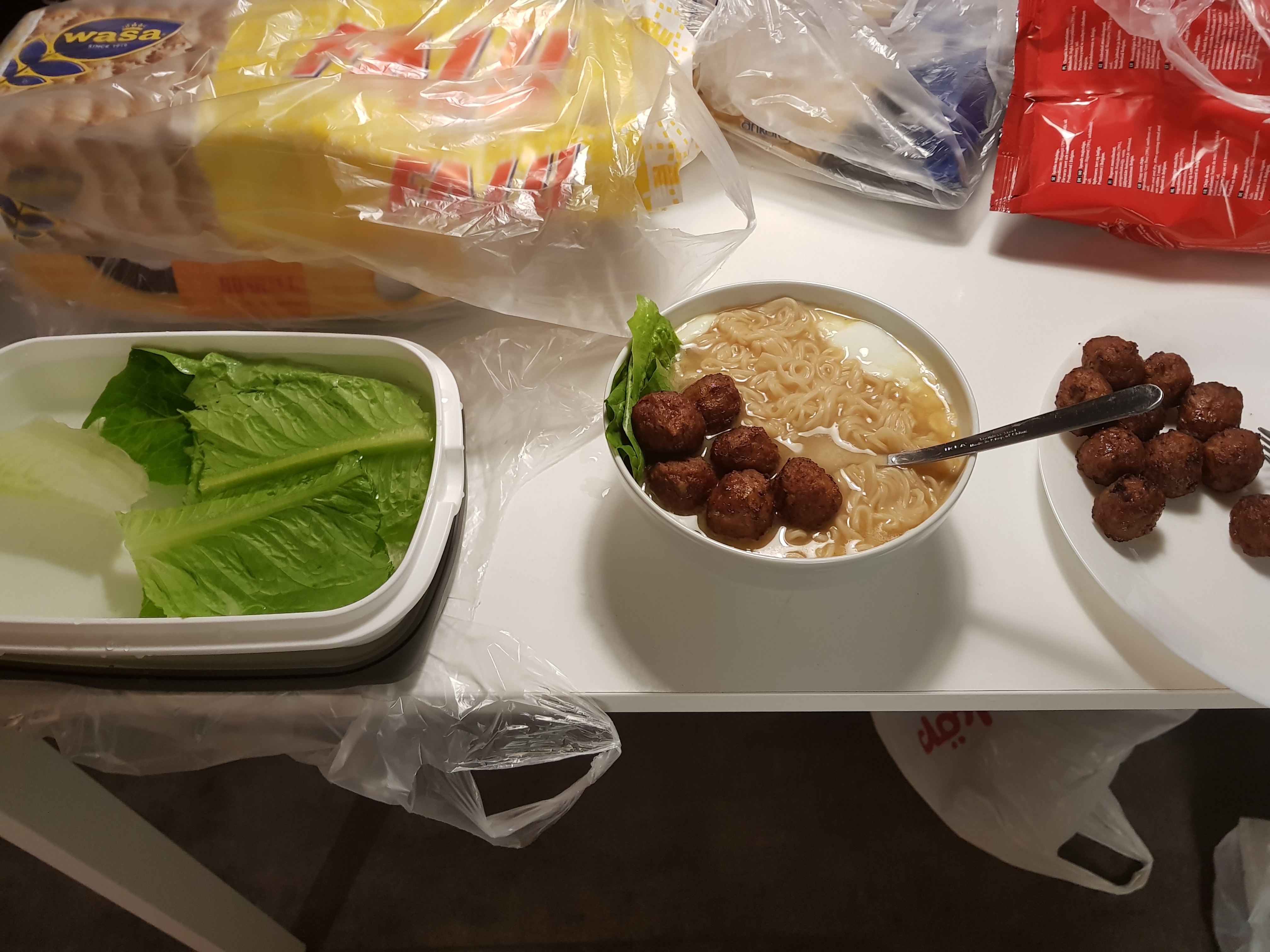
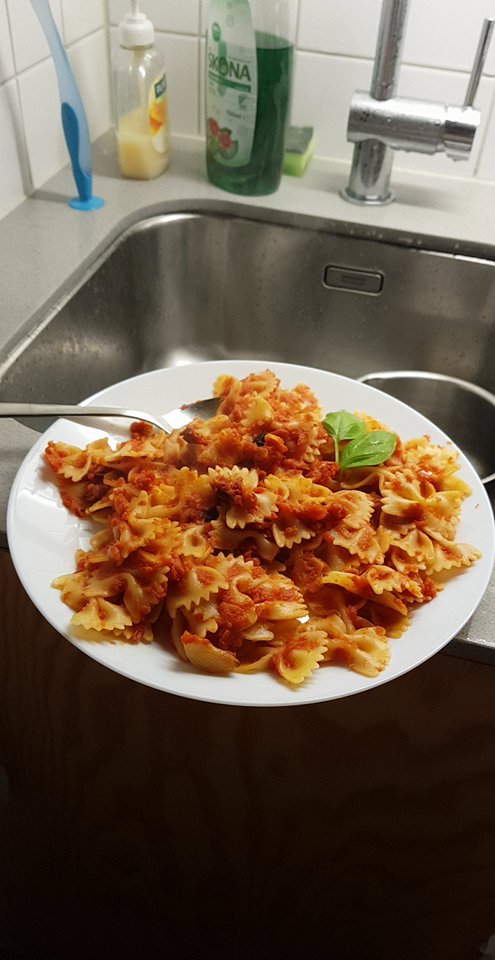 3. I’m not sure whether it’s the weather, the food or the lecture style… all I know is that I’m really drowsy… in lessons. Turns out, this is quite a common phenomenon among all my Singaporean friends. The remedy? Bring a vacuum flask of coffee or some chocolates to class to boost your blood sugar level. Still, do try to get enough rest (PM Lee warned about diabetes remember?).
3. I’m not sure whether it’s the weather, the food or the lecture style… all I know is that I’m really drowsy… in lessons. Turns out, this is quite a common phenomenon among all my Singaporean friends. The remedy? Bring a vacuum flask of coffee or some chocolates to class to boost your blood sugar level. Still, do try to get enough rest (PM Lee warned about diabetes remember?).
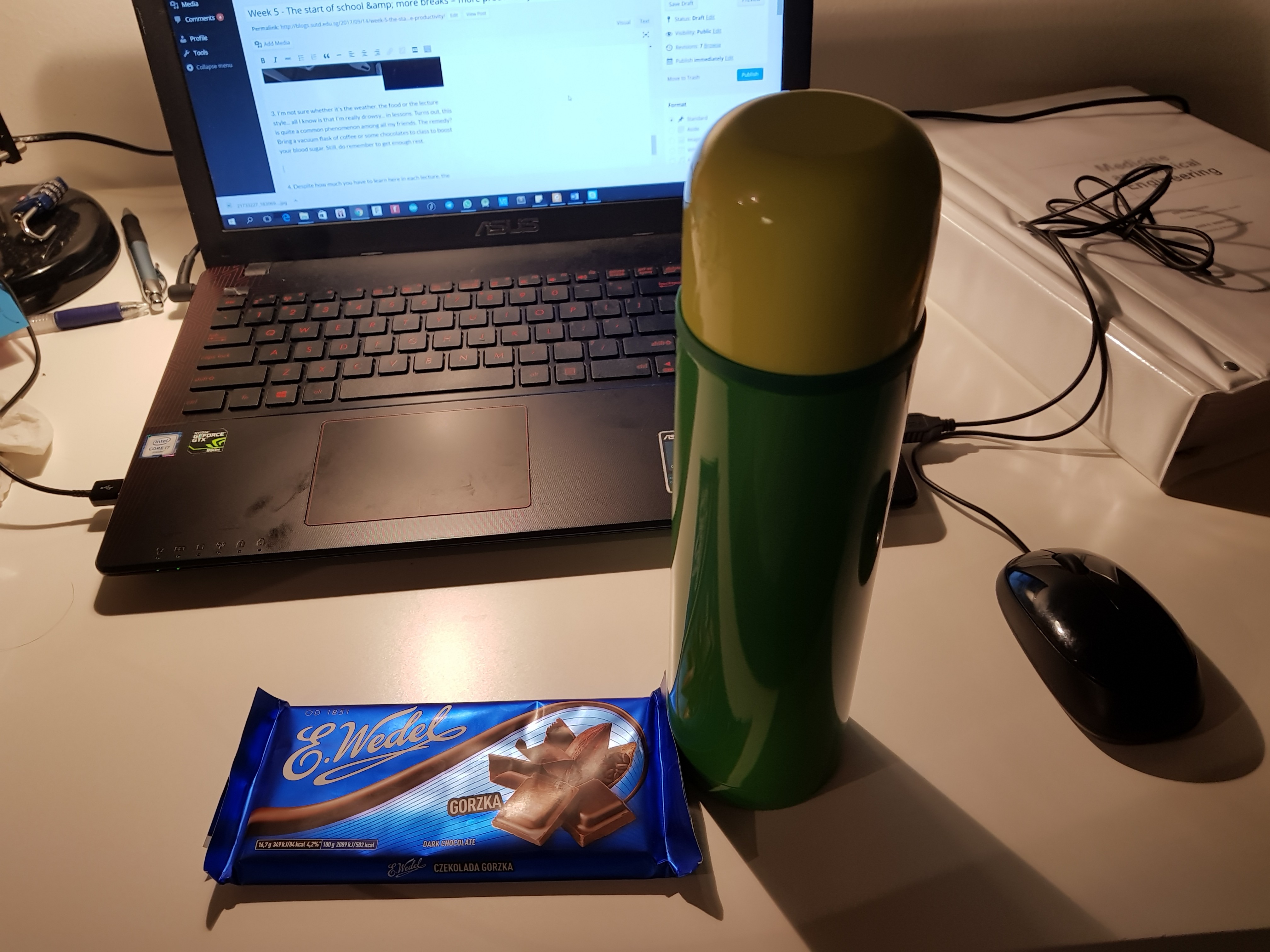 4. Despite how much you have to learn here in each lecture, the school is kind enough to provide for a 10/15 minute break every hour. This is a really awesome idea that helped keep me engaged and prevented me from drifting too far off. This is especially helpful in the most daunting of classes, making life a little more manageable. I am now a believer that more breaks = more productivity.
4. Despite how much you have to learn here in each lecture, the school is kind enough to provide for a 10/15 minute break every hour. This is a really awesome idea that helped keep me engaged and prevented me from drifting too far off. This is especially helpful in the most daunting of classes, making life a little more manageable. I am now a believer that more breaks = more productivity.
5. Grades are not moderated, but an A grade for these courses are rather hard to earn and the average grade across all courses in KTH is speculated among its students to be a C. A friend I made in the Medical Informatics course has revealed that he scored a D for his Medical Engineering course. It is not that students don’t care about their performance in class, but rather that their “A” grades can really be hard to achieve in certain courses. The Swedish university/job system is also not one that largely revolves around GPA like Singapore, so these grades do not adversely affect the “employability” of their students. Basically just try to learn more and worry less about the results.
At the end of a long and hectic first week, I was most elated to participate in the Banquet Reception conducted by the Student Union. Participants were required to dress formally as we dined with other Masters and exchange students that night. Here are some of the pictures and footage took of the event.
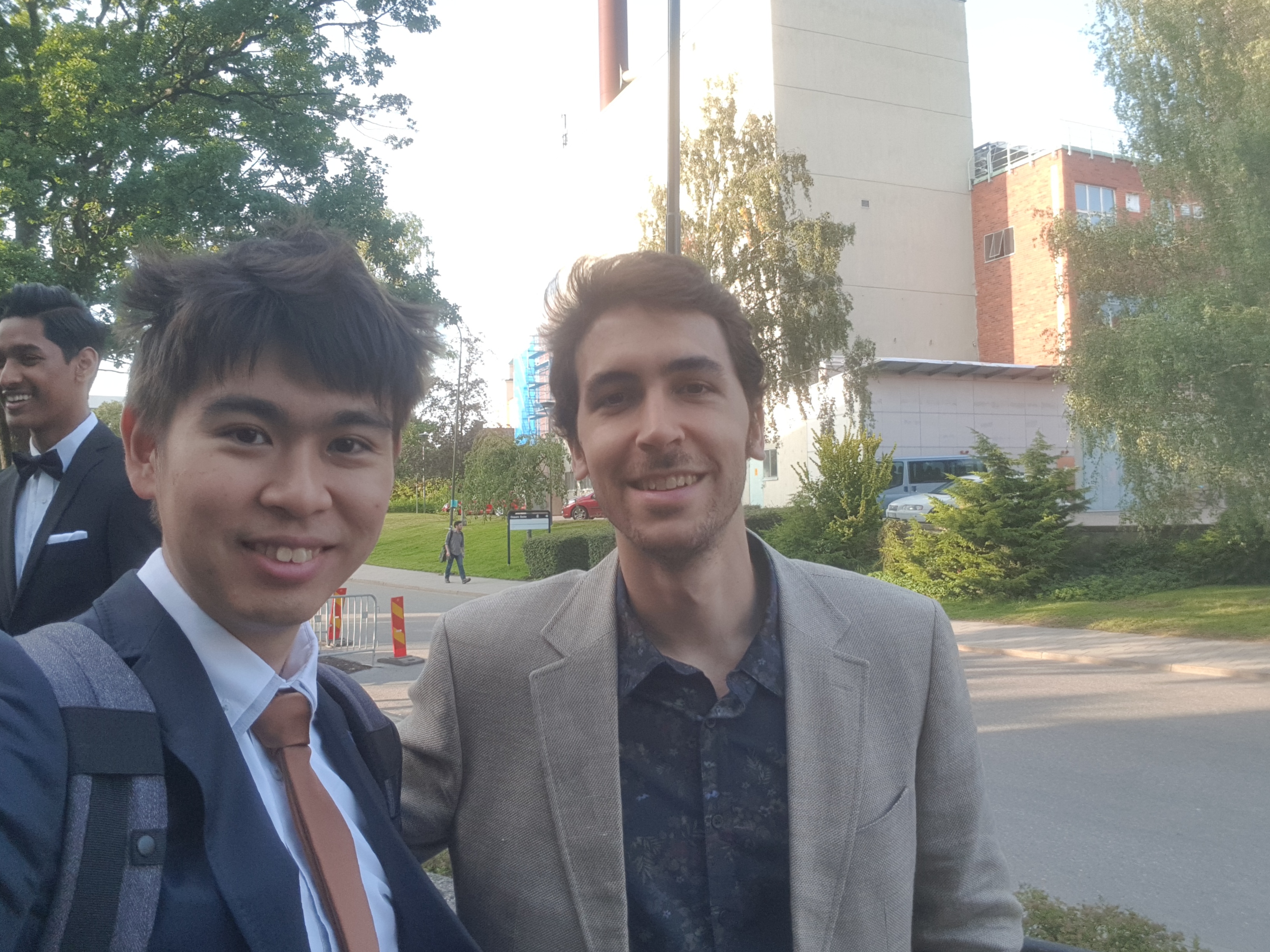


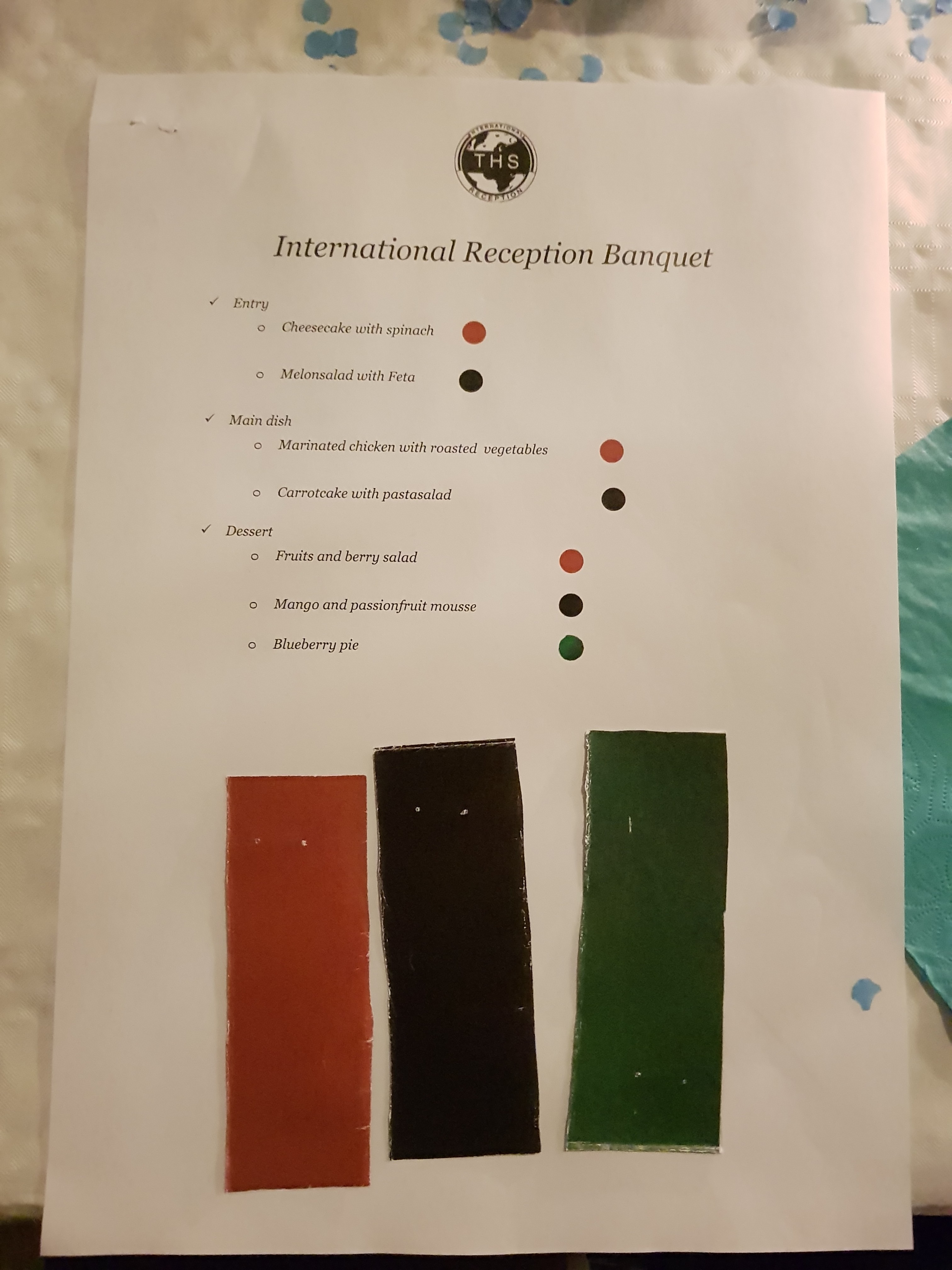

What the performance was like : https://youtu.be/M2tiDKAjVJY
It truly was a night to remember!
This weekend, I took a Saturday off studying to spend time venturing around City Hall with Noah. What’s City Hall you ask? Well, to quote the official source, “The Stockholm City Hall is one of Sweden’s most famous buildings… famous for its grand ceremonial halls and unique pieces of art and is the venue of the Nobel Prize banquet held on 10th of December each year”.
More Info on City Hall : http://international.stockholm.se/the-city-hall/
Here are some of the memories I had of City Hall
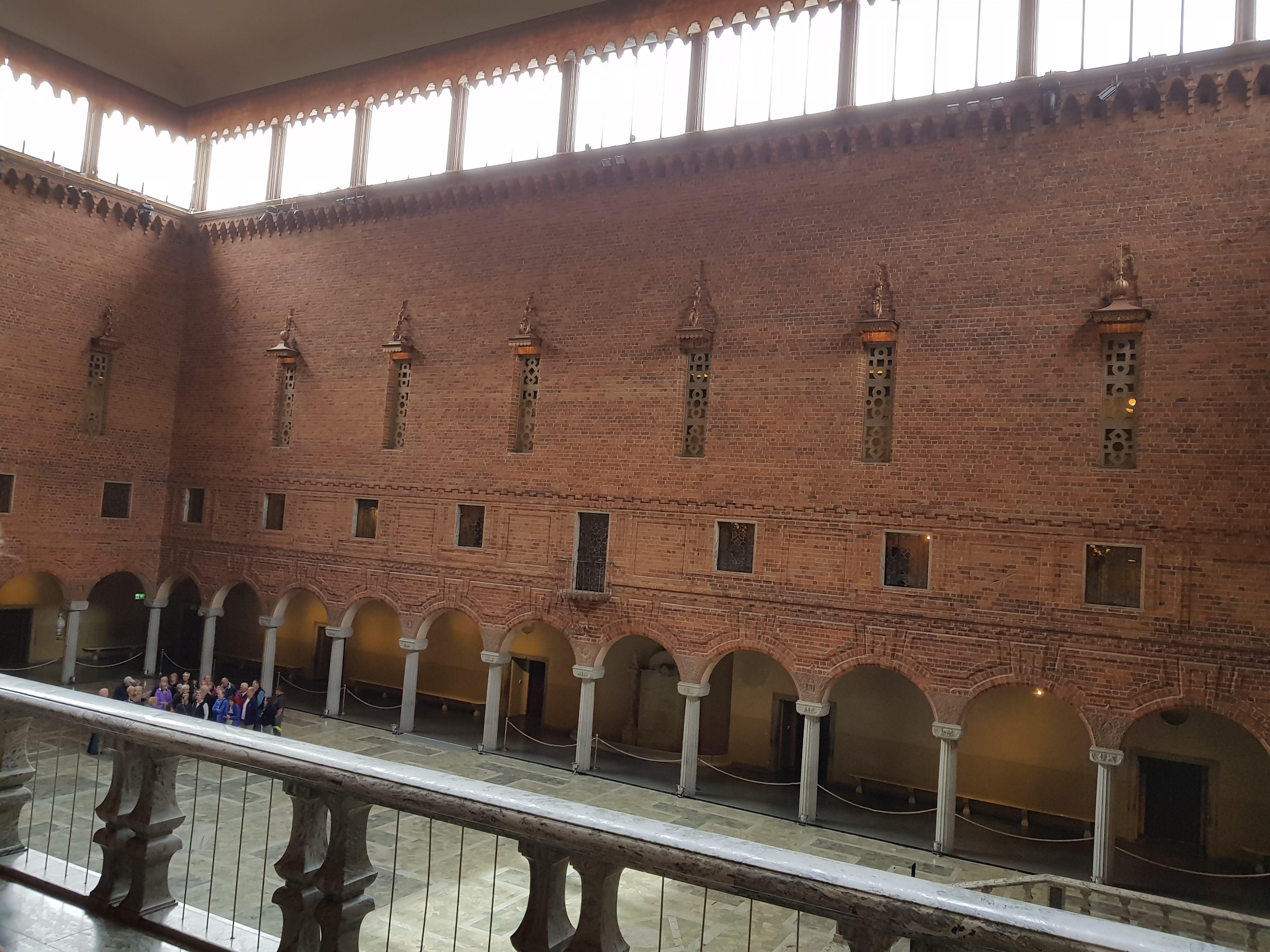
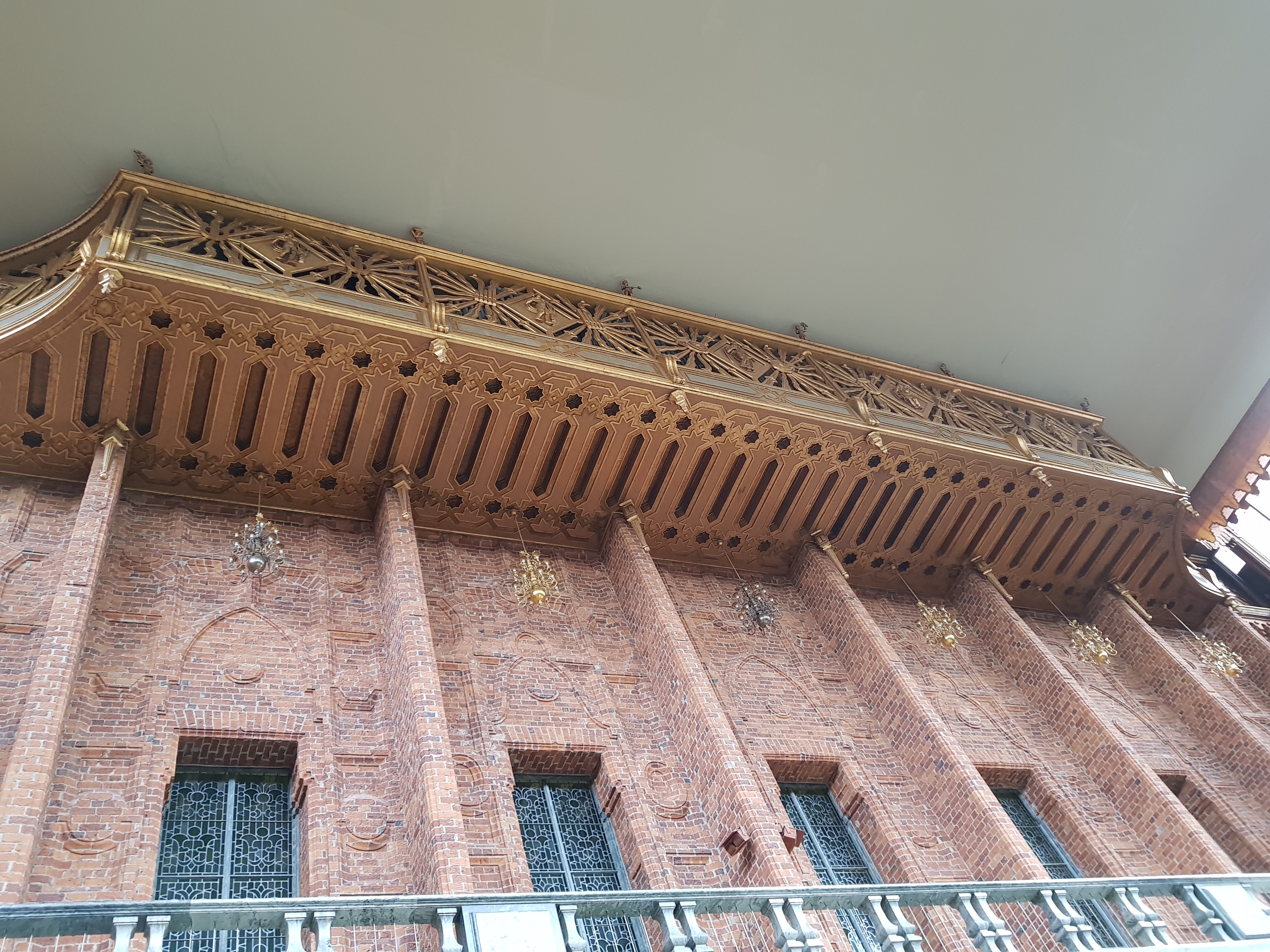
Sharing on City Council : https://youtu.be/ulCv8AdXJRI
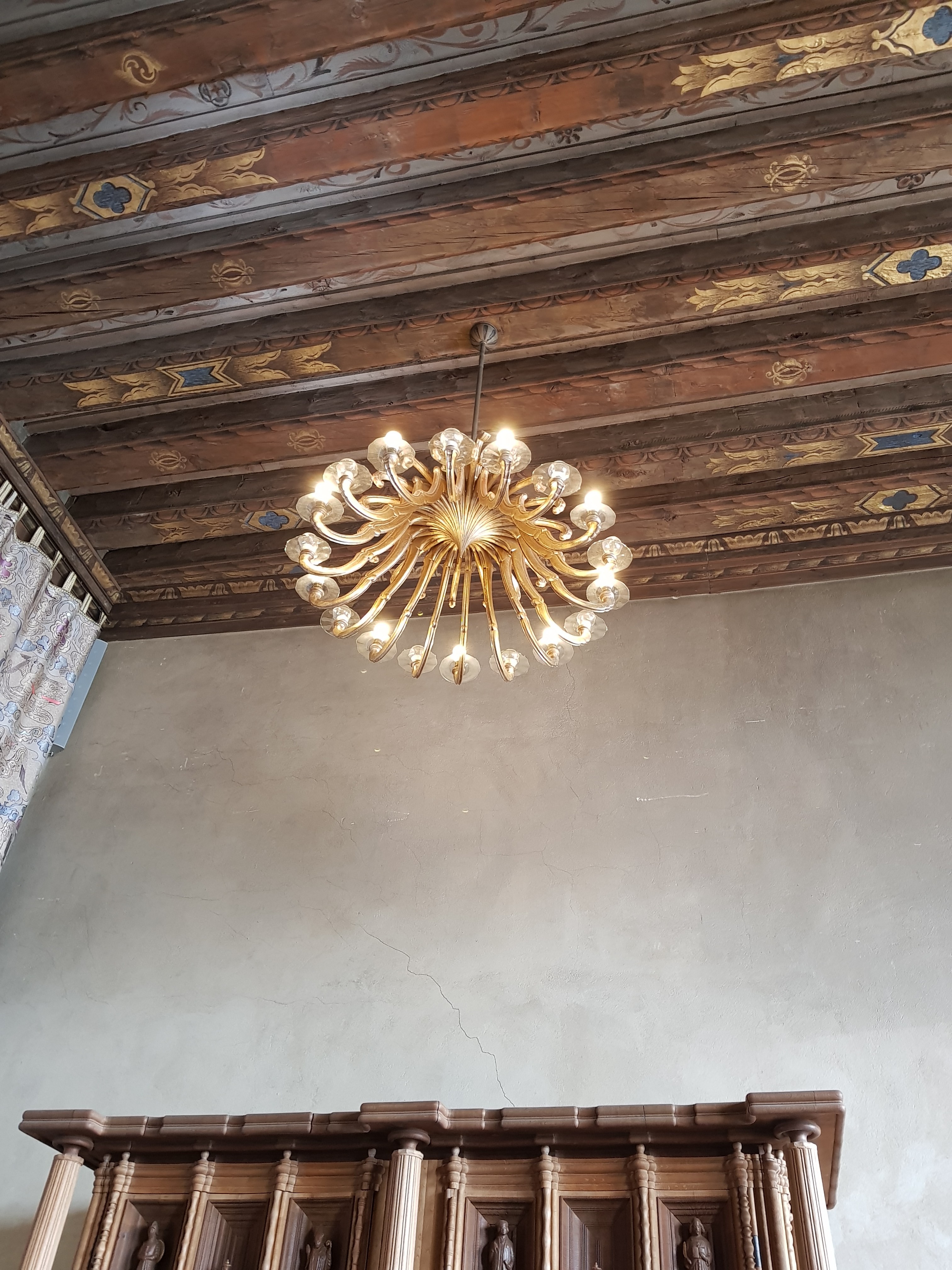
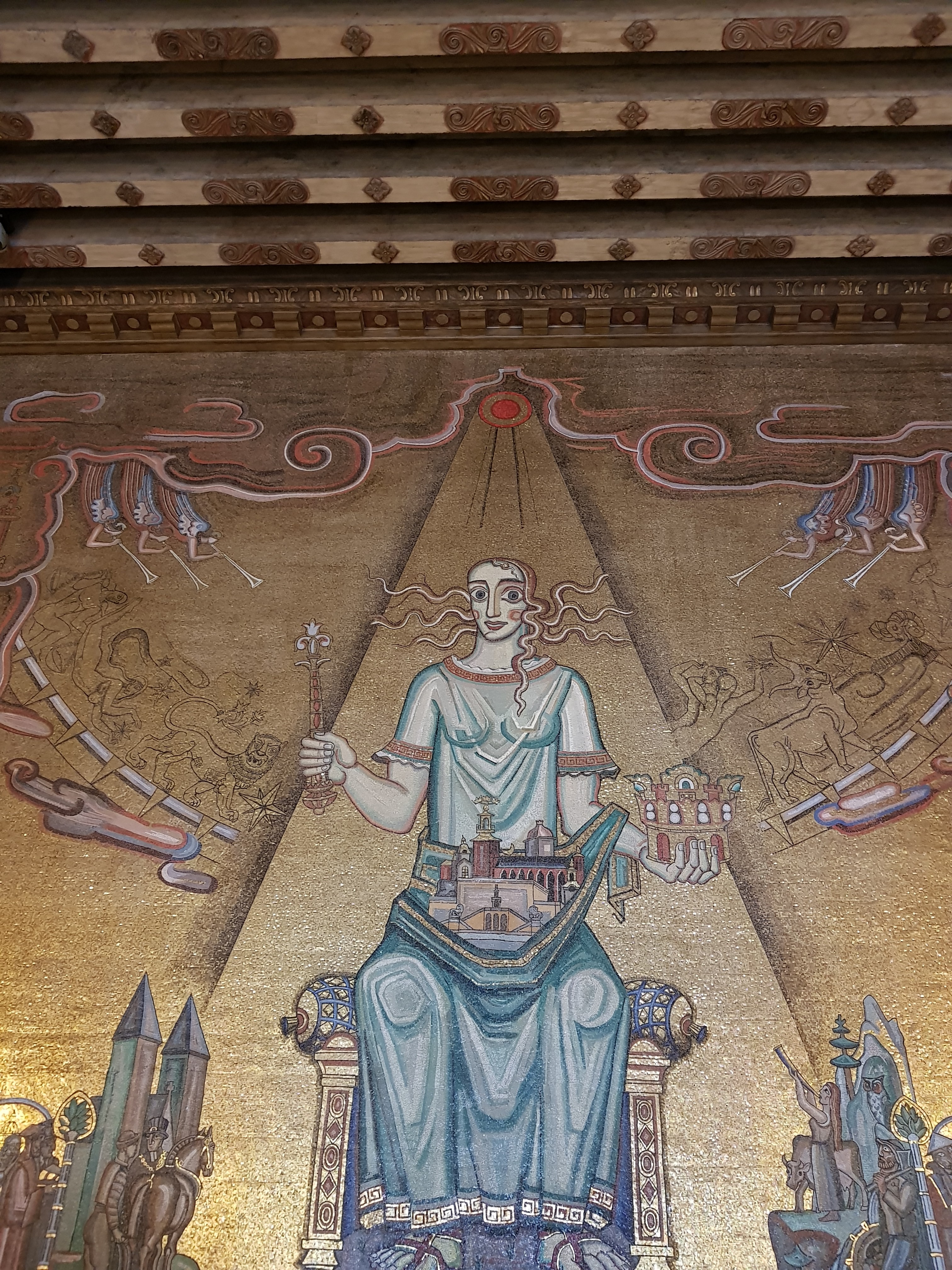

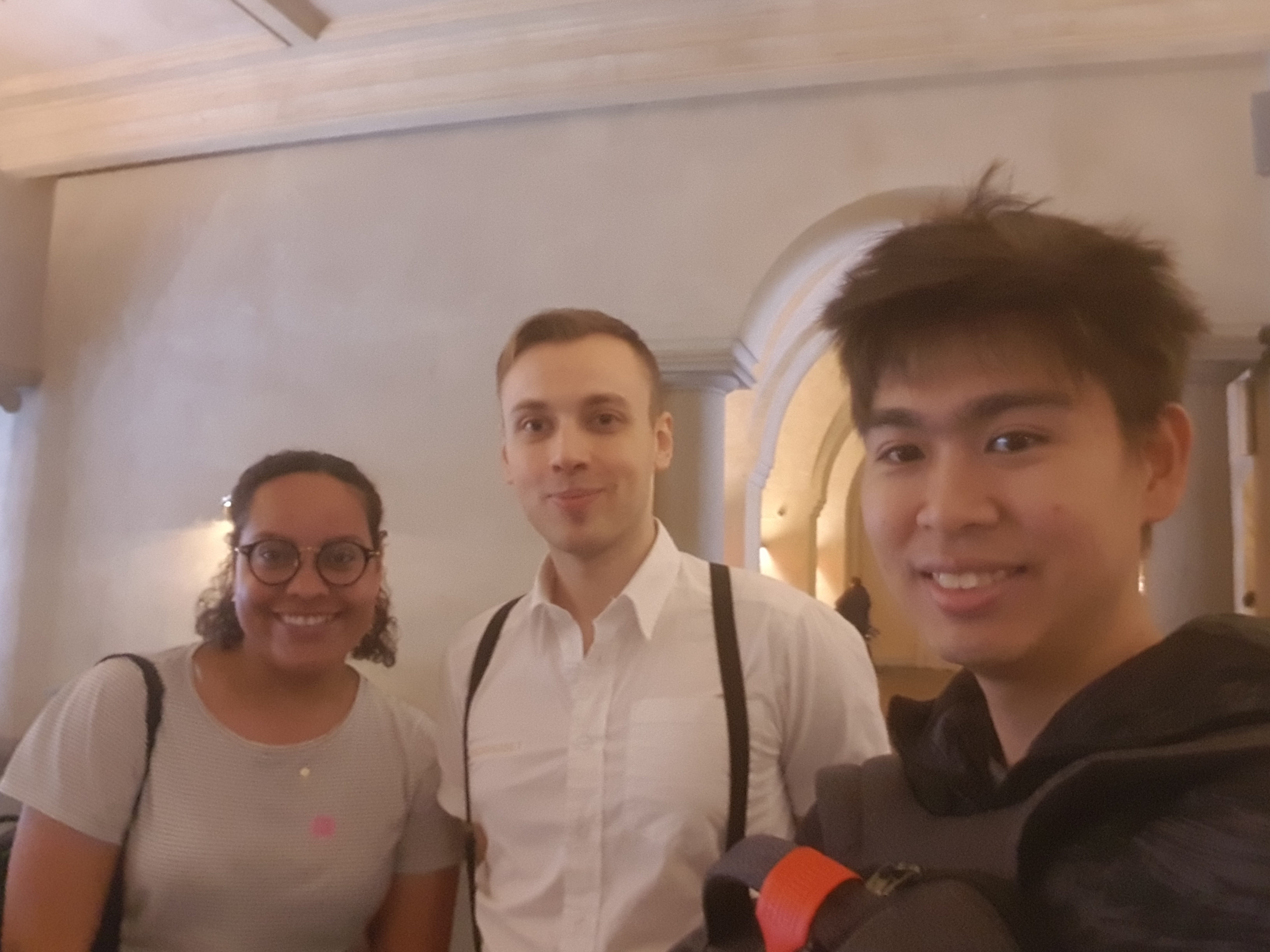
Overall, the trip to City Hall for the 90 SEK entrance fee was really good. We also learnt that international weddings are conducted here on Saturdays and that the average ceremony lasts for only 5 minutes. If that’s not short enough for you, there’s even an express option which ends in 30 seconds! So for those who care little about weddings and wish to do away with its “trivialities”, Stockholm City Hall has definitely got you covered. Finally, I would not recommend coming on a Saturday like us as you will not able able to enter two of the exhibits because they are closed off for wedding ceremonies. Many people (including foreigners) choose to have their weddings here, leaving the exhibits (including one with renown tapestry) closed to the general public.
I hope everyone enjoyed my post for this week as I look forward to writing for you guys again on Week 9.
Stay tuned for Rebecca’s post on Week 10!!
Till next time, hej då!




















